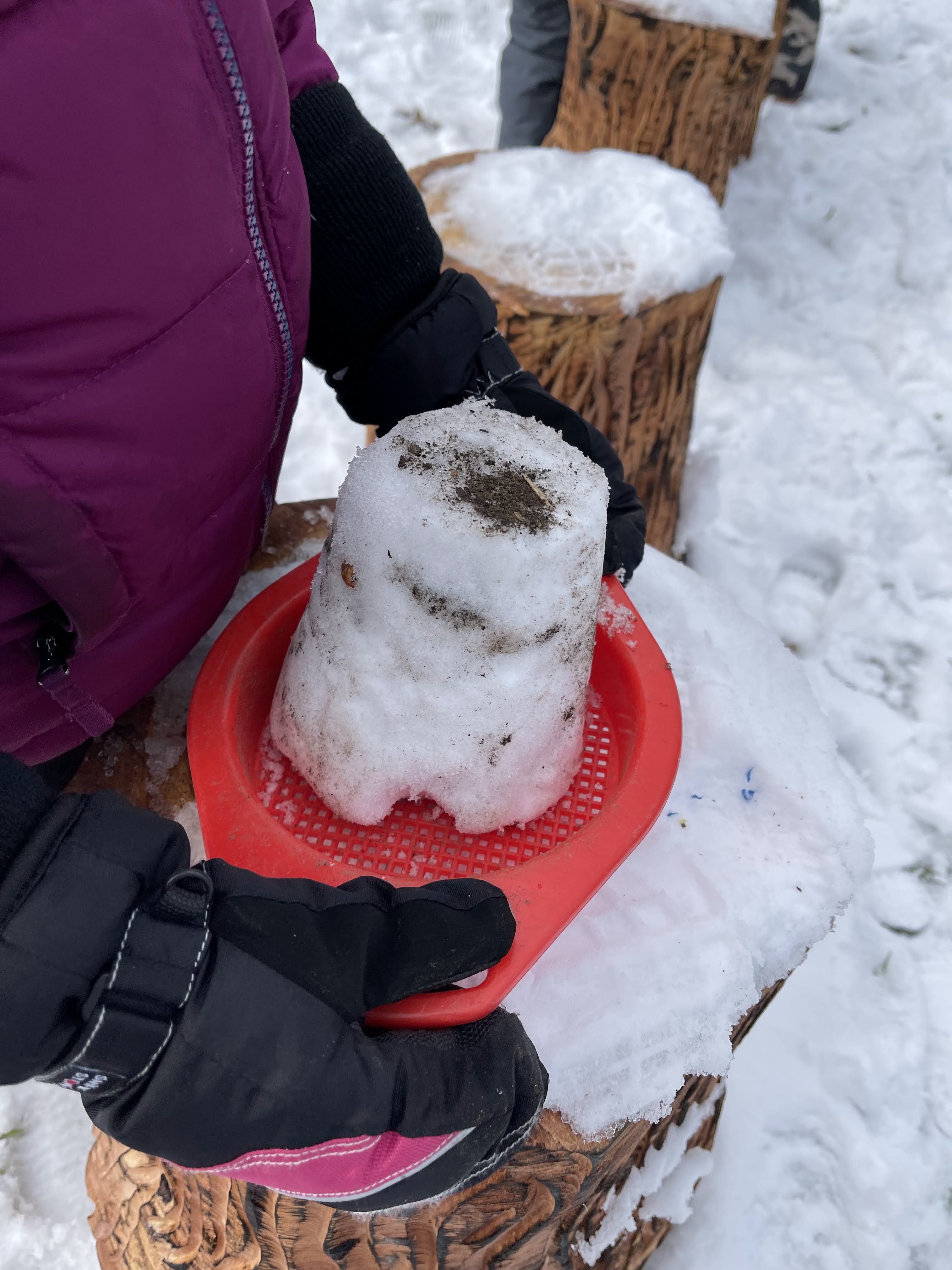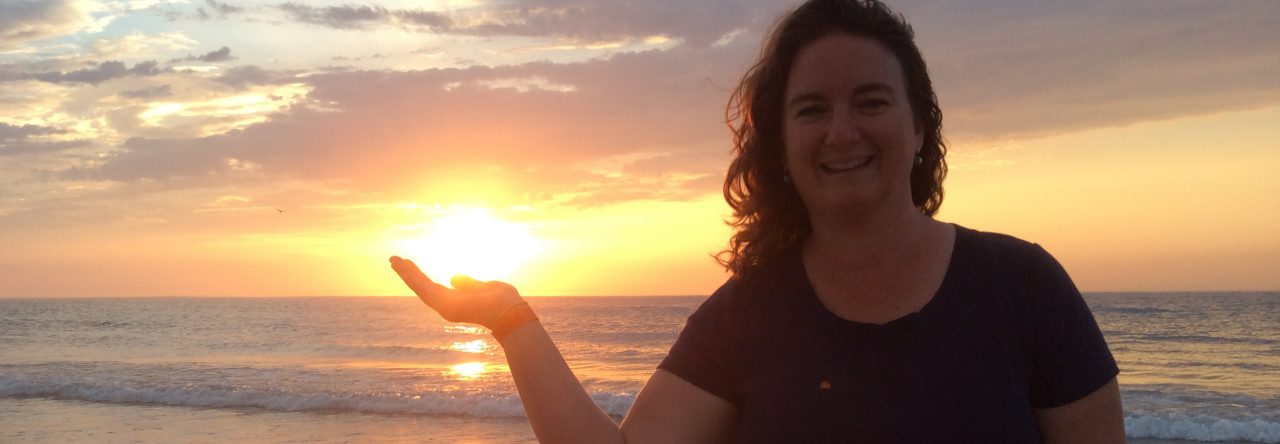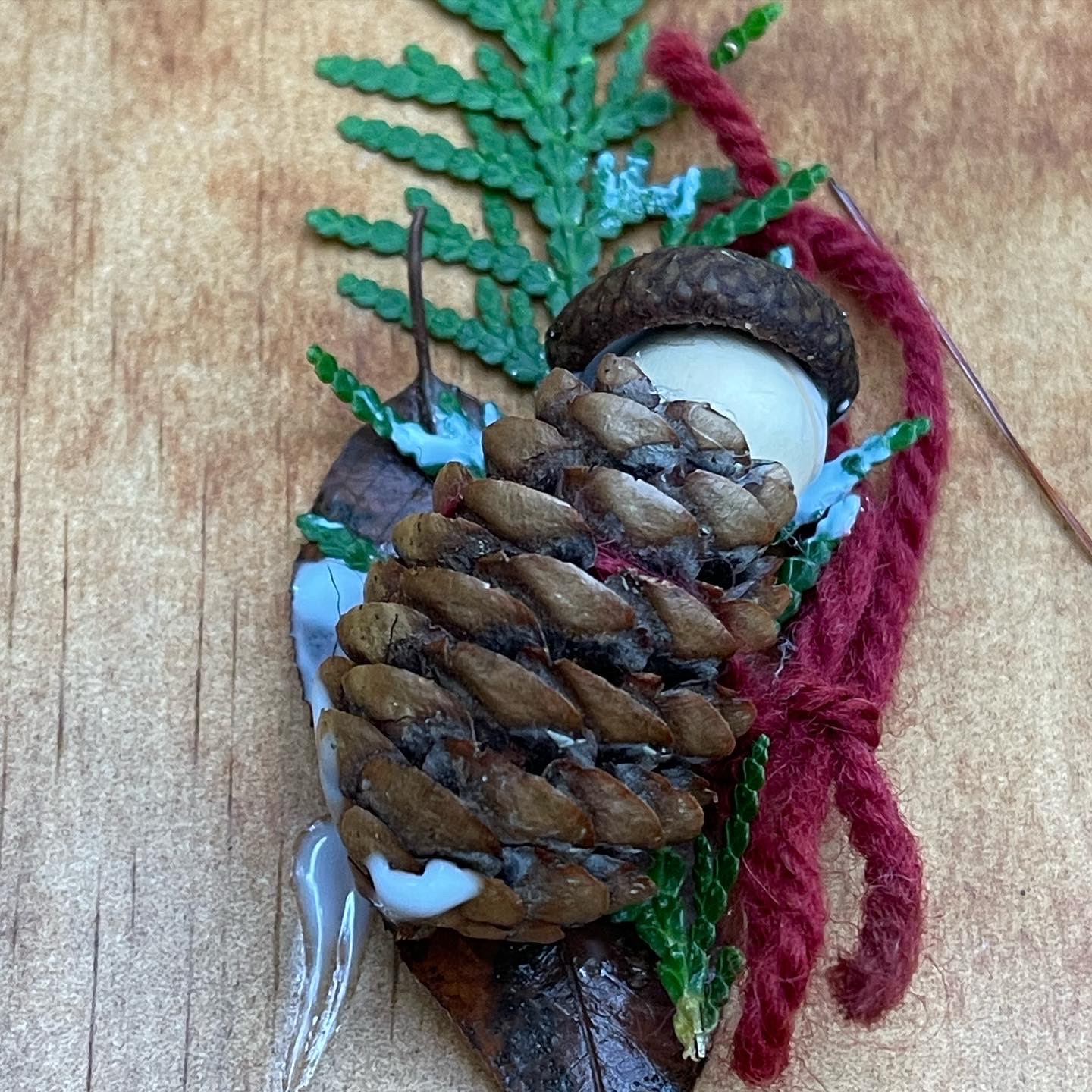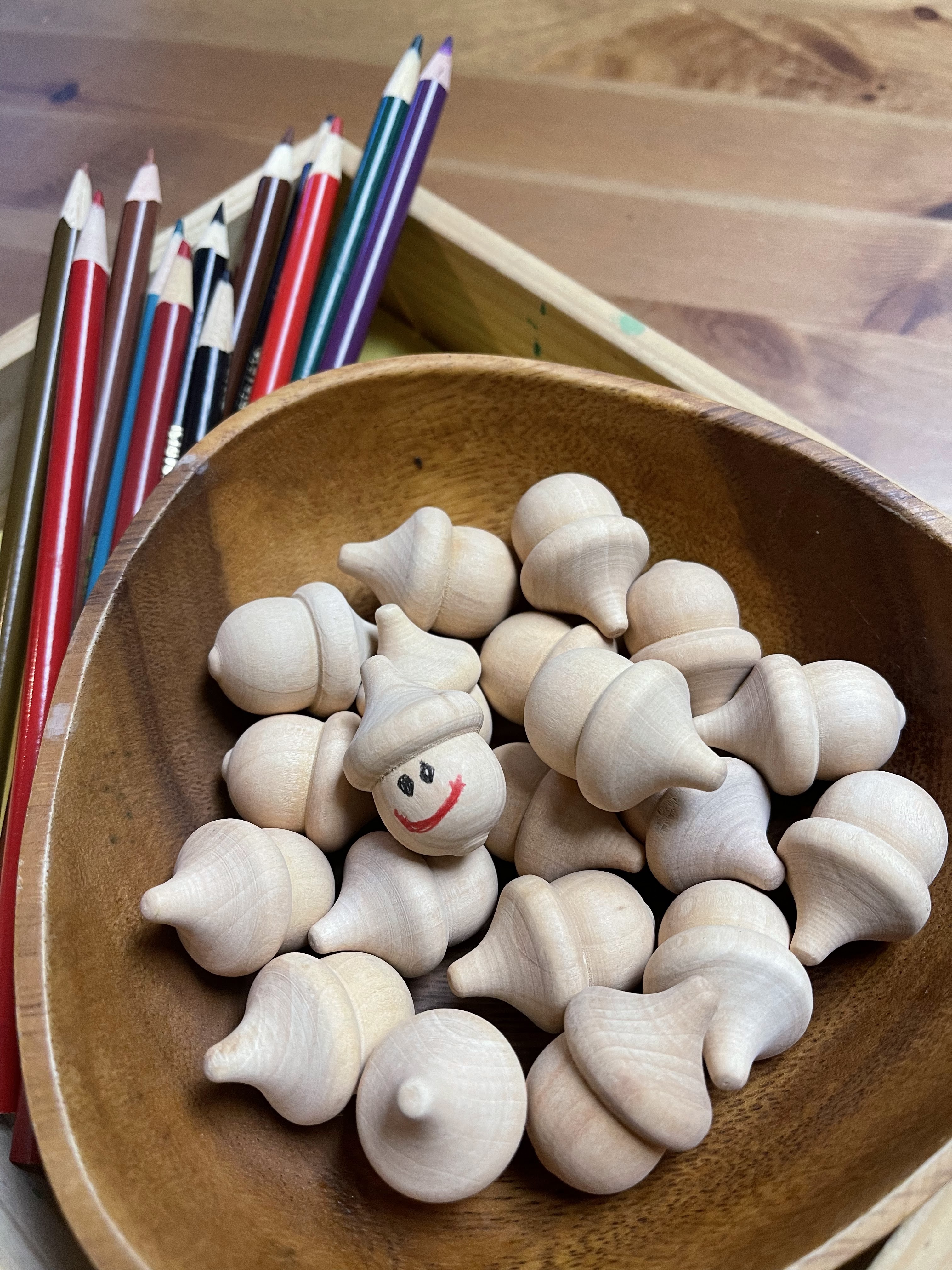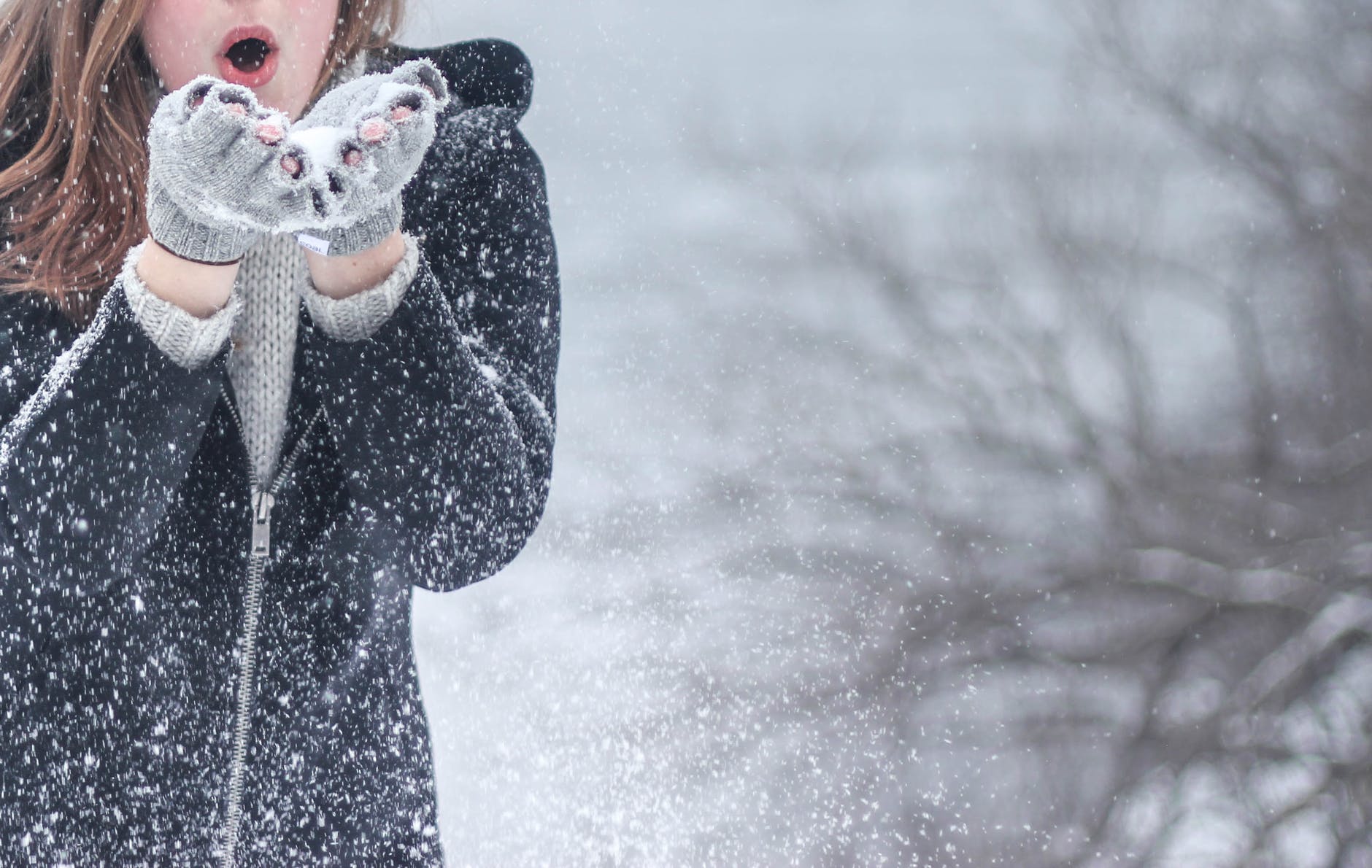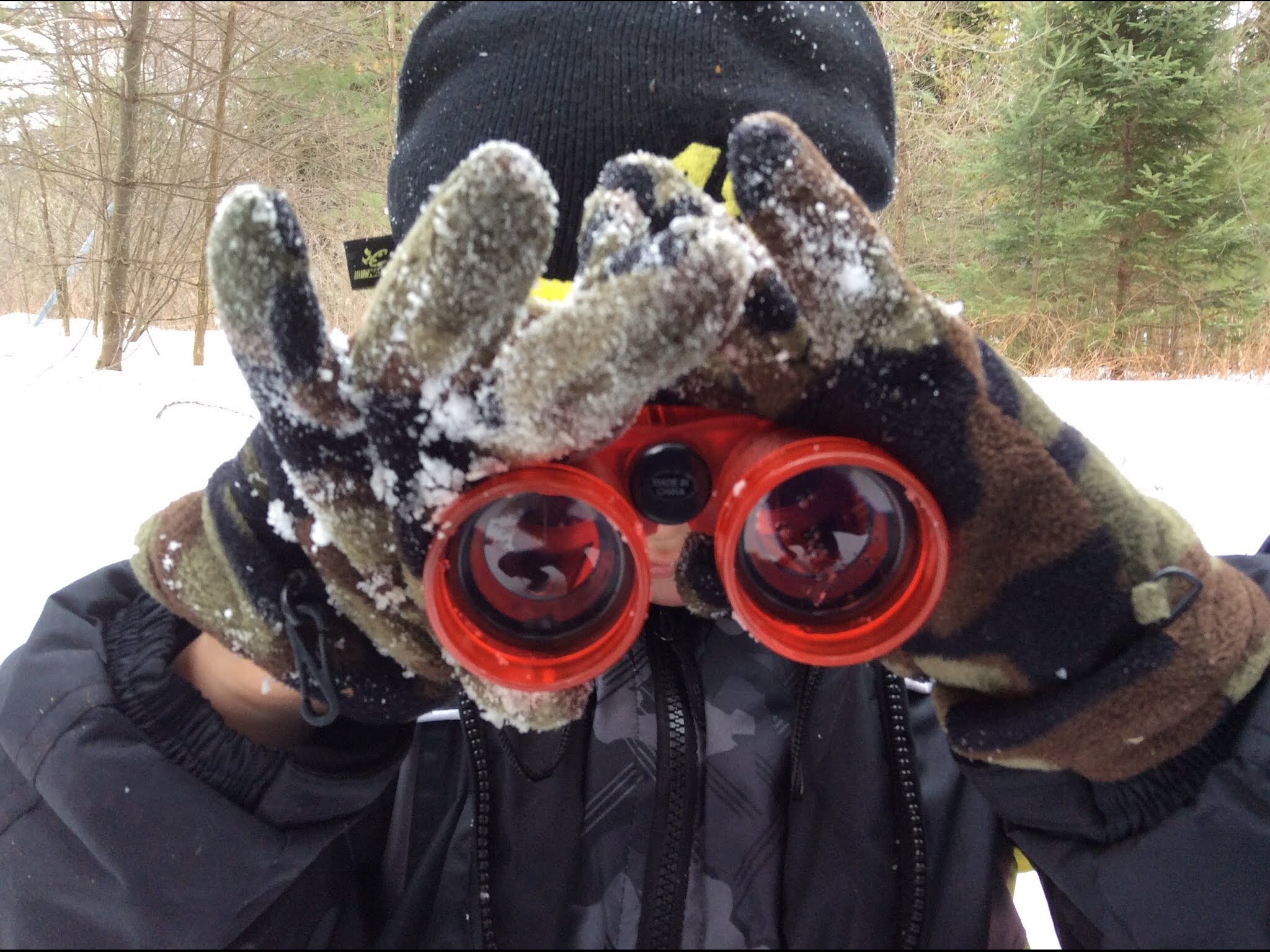Begins January 2, 2023, Monday evenings 6-8pm EST

Ready to feel confident and excited to teach in the outdoor classroom this winter? This 20 hour professional development series is designed to equip early childhood educators with the tools and resources to keep children engaged in learning throughout the entire winter. Each session we will dive into practical and actionable steps that educators can take to bring outdoor learning to life!

In this master class series you will have:
- Ten live Zoom sessions with interactive group work that will allow you to connect with classmates working with similar aged children
- Downloadable resources that can be printed and implemented right away
- Q & A session for students to ask questions, work through challenges, and get support overcoming obstacles
- Student dashboard with all the materials you need including sample parent letters, information to share in your newsletter, and curriculum activities to keep your children engaged all winter
- Private “Wonders of Winter” facebook group to continue to share ideas all winter long. (This short term “pop up” group will open Jan 1st and will stay open until April 2023.) Students can show what’s working in their program, share photographs, ask questions, and continue to build their confidence!
- Lifetime access to the student dashboard, so you can rewatch the recordings and access the materials all in one spot.
- An uplifting and unique opportunity to engage with like-minded educators who want to embrace winter and expand learning opportunities outdoors! The friendships in this professional learning community will give you something to look forward to during darker and shorter days of winter.
- Earn up to 20 hours of Professional Development (based on the number of sessions you attend live)
Investment: $197 (payment not due until January)
Date/Times: Begins January 2, 2023, Monday evenings 6-8pm EST
There will be TEN Zoom sessions and the topics include:
1 ~ Winter Woes to Winter Glows ~ Shifting our Mindset & Gearing Up for Winter
2 ~ Policy Development & How to Address Parental Concerns & Worries
3 ~ Winter STEAM Kits ~ Developing grab & go resources for your classroom
4 ~ Children’s Literature, Poems & Songs for Winter
5 ~ Math Outdoors in Winter
6 ~ Science Explorations in Winter (outdoors & indoors)
7 ~ Gross Motor Games (outdoors & indoors)
8 ~ Winter Inspired Process Art
9 ~ Maple Sugaring
10 ~ Wrapping Up Wonders of Winter Series!
